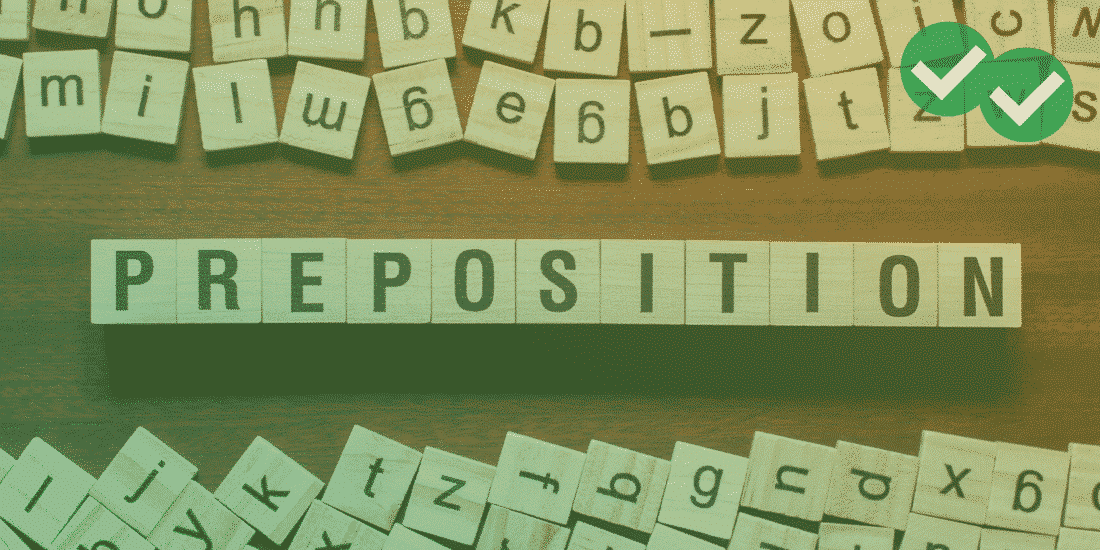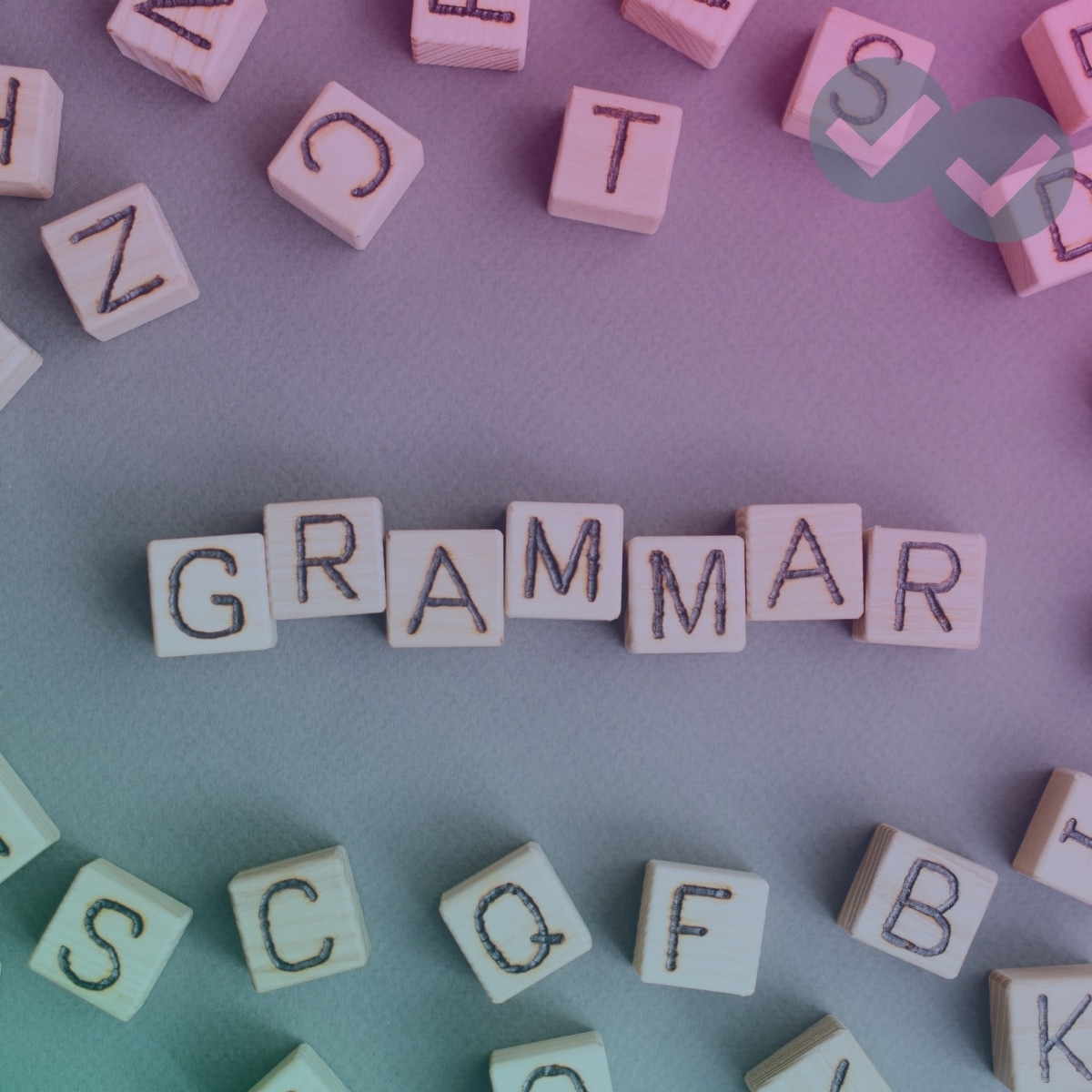
If you don’t remember all of the grammar rules from your English class, you’re not alone. Everybody needs their memory refreshed from time to time. This is especially true when it comes to English grammar and the parts of speech. And prepositional phrases are one of the most important aspects of English grammar. To help you with these phrases, we will be discussing the object of a preposition.
So, what exactly is the object of a preposition? How is it used in a sentence? What are some examples? And how is it related to a prepositional phrase? We will answer all of these questions and more, but first, let’s take a closer look at the term “object of a preposition.”
What is the Object of a Preposition?
Object
In order to properly define this term and provide an answer to the question above, we will need to break it down into separate parts.
In English grammar, the object is the thing that is acted upon by the subject. For example, let’s look at the following sentence:
The dog jumped over the fence.
In this example, “dog” is the subject, and “fence” is the object that is acted upon. Generally, the object comes after the subject in a sentence, though this is not always the case. Here is an example in which the object comes before the subject:
The cat was chased by the dog.
In this example, “dog” is the subject, because it is the acting agent. Alternatively, “cat” is the object of the sentence, because it is the thing being acted upon by the subject. The cat (object) is being chased by the dog (subject).
Preposition
A preposition is a word that expresses the relation between two things within a sentence. Many of the most common prepositions in English describe the physical relation between two things; where they are in relation to each other. Some common prepositions include on, in, after, with, under, to, and from. Here are some examples of prepositions in sentences:
The dog is in the house.
The cat is on the roof.
The man is behind the tree.
The woman is near the car.
In each of these examples, the preposition describes a spatial relation between two nouns. However, prepositions can also describe temporal relations between nouns:
The man has been sleeping since five o’clock.
The woman will go home after work.
The boy doesn’t talk during class.
The girl likes to play before dinner.
Prepositions don’t only express the relation between two nouns; they can also express the relation between a verb or adjective and a noun. Here are a few examples:
The girl is going to school.
The man is coming home from work.
The boy is afraid of ghosts.
The woman is worried about her friend.
Prepositional Phrase
Before we define the object of a preposition, we must also discuss prepositional phrases. In most cases, a prepositional phrase is a group of words that includes a preposition but lacks a subject or a verb (though there are some exceptions that contain a subject and verb). A prepositional phrase usually includes a preposition and a noun or pronoun. We can use some of the examples above to illustrate how prepositional phrases look in a sentence:
The girl likes to play before dinner.
The cat is on the roof.
The man is coming home from work.
The woman is worried about her friend.
They worked until after the sun went down.
Defining the Object of a Preposition
Now that we have an understanding of objects, prepositions, and prepositional phrases, we can define the object of a preposition. Much as an object completes the meaning of a sentence, the object of a preposition completes the meaning of a preposition. The object of a preposition is necessary because prepositions are inherently relational, and therefore require objects (though not necessarily subjects) to make sense.
In short, the object of a preposition is a noun, noun phrase, clause, or pronoun that follows a preposition and gives it meaning.
The Object of a Preposition Examples
Before, we looked at a number of example sentences that show objects, prepositions, and prepositional phrases. Now, let’s look at a few examples that show how the object of a preposition functions in sentences:
(The prepositional phrases are in bold, while every object of the preposition is in bold and underlined.)
Her friend should be there by now.
The two men are in a hurry.
The cat goes to sleep at night.
The dog walks to school with the girl.
It is important to note that, while the object of a sentence does not always need to follow the subject, the object of a preposition must always follow the preposition. That said, a prepositional phrase does not need to come at the end of a sentence. It can appear at the beginning, middle, or end of a sentence, regardless of where the subject appears. To illustrate this point, let’s look at a few more examples:
The man was not late for work. In fact, he arrived early.
The woman went on the record during her testimony.
Dogs are friendly by nature, but some dogs can be aggressive.
On January 1st, the new year will begin.
English Preposition Cheatsheet (Video)
After reading so much about prepositions, do you feel a bit overwhelmed? Here’s a great visual aid from our lead instructor that will help you use prepositions followed by places and times with ease.





